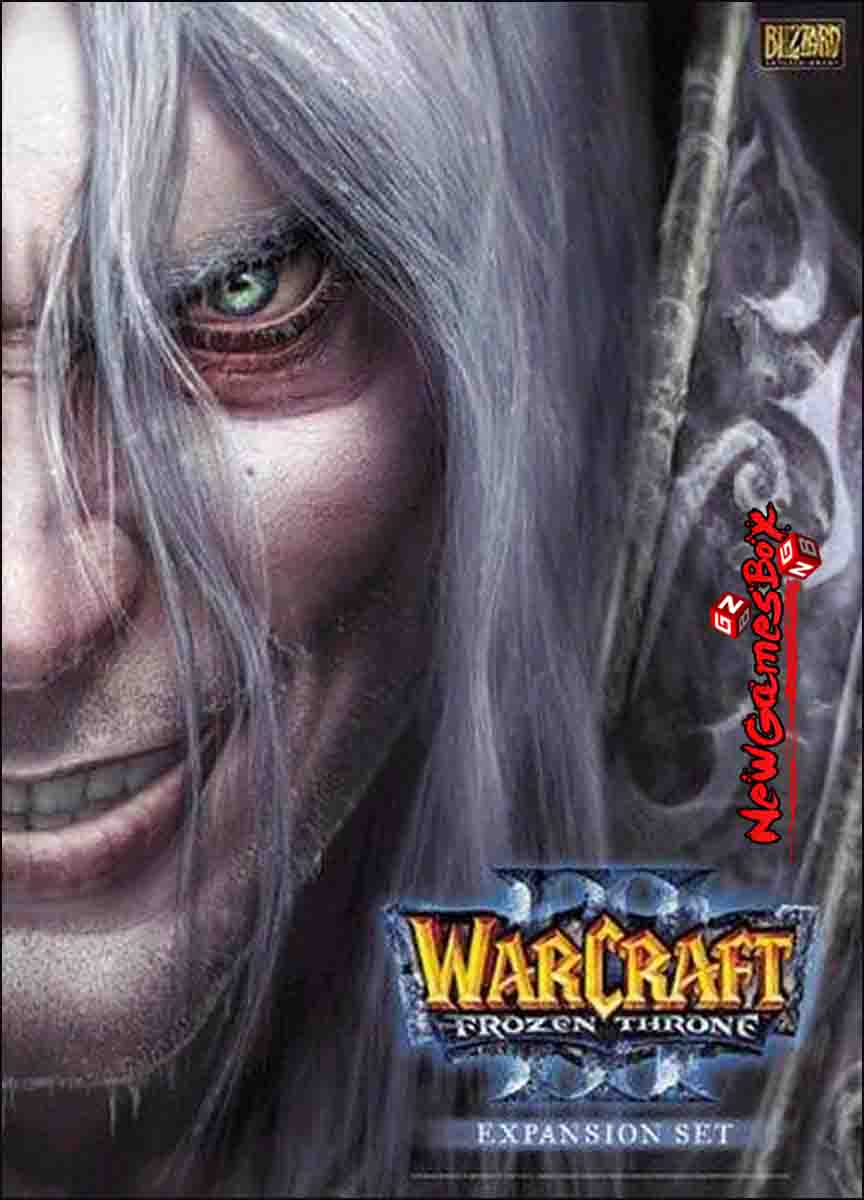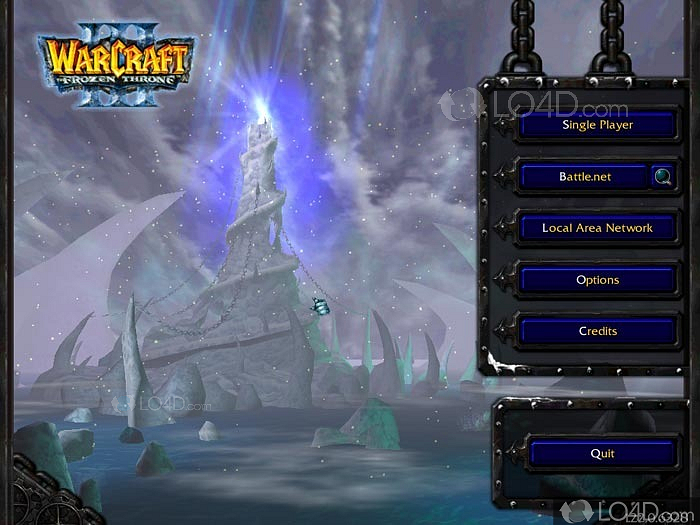
Additionally, a new "upkeep" system means that producing units over certain amounts will decrease the amount of gold one can earn, compelling players to focus on playing with a limited number of units to avoid penalties. The first two are required to construct units and buildings, while food restricts the maximum number of units that can be possessed at the same time. There are three main resources that are managed in Warcraft III: gold, lumber, and food. During a game, players must establish settlements to gain resources, defend against others, and train units to explore the map and fight computer controlled foes. Areas no longer in sight range of an allied unit or building are covered with the fog of war, meaning that while the terrain remains visible, changes such as enemy troop movements and building construction are not. The map is initially hidden from view and only becomes visible through exploration. Warcraft III takes place on a map of varying size, such as large plains and fields, with terrain features like rivers, mountains, seas, or cliffs.

In 2020, Blizzard released a remastered version of both Warcraft III and its expansion, The Frozen Throne, called Warcraft III: Reforged. Warcraft III was a commercial success, shipping 4.4 million copies to retail stores, selling over a million within a month.


It is considered an influential example of RTS video games. The game received acclaim from critics, who praised the game's presentation and multiplayer features. The game's design and gameplay was significantly altered during development, with the final game sharing little similarities with the originally presented version (see similarities to StarCraft). Lord of the Clans was canceled in favor of Warcraft III in 1998, which was presented to the public at the European Computer Trade Show in September 1999. Players can also play matches against the computer, or against others-using local area networking (LAN) or Blizzard's gaming platform.Īfter Warcraft II: Beyond the Dark Portal, the last in the Warcraft II saga, was released in 1996, Blizzard began development of a point-and-click adventure game called Warcraft Adventures: Lord of the Clans, which was supposed to continue the story. Warcraft III 's single-player campaign is laid out similarly to that of StarCraft, and is told through the races in a progressive manner. Four playable factions can be chosen from: Humans, Orcs, (both of which appeared in the previous games) and two new factions: the Night Elves and the Undead. In the game, as in many real-time strategy (RTS) games, players collect resources, train individual units and heroes, and build bases in order to achieve various goals (in single-player mode), or to defeat the enemy player. It chronicles the combined efforts of the Human Alliance, Orcish Horde, and Night Elves to stop them before they can corrupt the World Tree. Warcraft III is set several years after the events of Warcraft II, and tells the story of the Burning Legion's attempt to conquer the fictional world of Azeroth with the help of an army of the Undead, led by fallen paladin Arthas Menethil. An expansion pack, The Frozen Throne, was released in July 2003. It is the second sequel to Warcraft: Orcs & Humans, after Warcraft II: Tides of Darkness, the third game set in the Warcraft fictional universe, and the first to be rendered in three dimensions.

Warcraft III: Reign of Chaos is a high fantasy real-time strategy computer video game developed and published by Blizzard Entertainment released in July 2002.


 0 kommentar(er)
0 kommentar(er)
